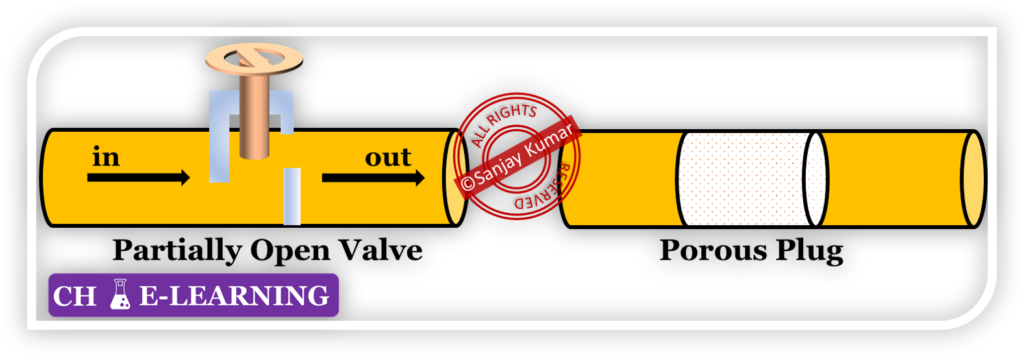TD Quiz – 1
Q 1: Which of the following is not the heat engine cycle
Q 2: Intensive property of a system is one whose value
Q 3: The temperature of an ideal gas increases from 20\;^\circ C to 40\;^\circ C while the pressure stays the same. What happens to the volume of the gas?
Q 4: Work done in a free expansion process is
Q 5: Which of the following is not correct?
Q 6: If a gas is heated against a pressure, keeping the volume constant, then the work done will be equal to
Q 7: What is the cyclic integral of dQ/T for the reversible process?
Q 8: A sample of an ideal gas has an internal energy U and is then compressed to one-half of its original volume while the temperature stays the same. What is the new internal energy of the ideal gas in terms of U?
Q 9: Two containers filled with 1 kg of each: water and ice at the same temperature T = 0\;^\circ C Which of the following is true about the internal energy of the substances?
Q 10: An ideal heat engine operates between two temperatures 600 K and 900 K. What is the efficiency of the engine?
Q 11: Which of the following is not the intensive property
Q 12: Heat and work are
Q 13: A perfect gas at 27°C is heated at constant pressure till its volume is double. The final temperature is
Q 14: Which of the following processes is the irreversible process
Q 15: The basis for measuring the thermodynamic property of temperature is given by

